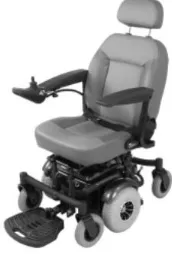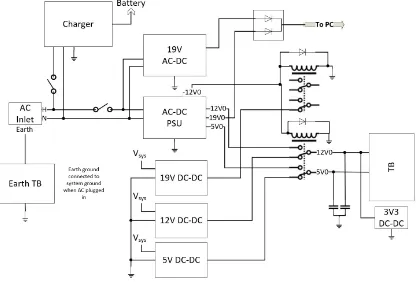Sensor Fusion and Deep Learning for Indoor Agent Localization
Full text
Figure

![Figure 2.8: Example CNN architecture showing the layers and their effect on the image[3].](https://thumb-us.123doks.com/thumbv2/123dok_us/34267.2699/41.612.110.540.119.323/figure-example-cnn-architecture-showing-layers-eect-image.webp)
![Figure 2.10: Residual learning block [6].](https://thumb-us.123doks.com/thumbv2/123dok_us/34267.2699/43.612.228.424.70.182/figure-residual-learning-block.webp)
![Figure 2.11: Example network architectures. (left) VGG-19 [7] (middle) 34-layer “plain”network (right) 34-layer residual network [6].](https://thumb-us.123doks.com/thumbv2/123dok_us/34267.2699/44.612.180.466.71.693/figure-example-network-architectures-middle-network-residual-network.webp)
Related documents
using fuzzy logic to fuse data obtained from different types of sensors boosts the robustness of the algorithm required for collision avoidance and path
3.1.: Comparison of the original Clockwork RNN (top) with its sometimes inactive units (grey) in the lower frequency bands (green, blue) and its modification called Dense Clockwork
FIGURE 11 Root ‐ mean ‐ square error curves averaged over 50 randomly sampled labeled and unlabeled data sets (solid green, blue, and purple lines) for supervised partial least
Figure 8 shows a similar comparison of the CPUs in the study performance of GoogLeNet and AlexNet with the Caffe-based app at every batch size.. Figure 9 shows the same comparison as
From figure 5 and figure 6 planning results can see, in rough set after training the optimal path based on cloud operator evolution algorithm variation, and finally the best
Figure 6.5 shows the comparison between the ‘PM 1’ (blue) and PM 2’ (green) scenarios of planned intervention maintenance policy for the London Array offshore
Figure 5: Computational cost of the linear path experiments: (a) number of measurements registered by the two tracking systems (inertial and UWB); (b) total execution time of the
Figure 5: Comparison of Network Lifetime between LEACH and proposed Adaptive L-LEACH algorithm The figure above shows the comparison of Lifetime for LEACH and improved LEACH




![Figure 3.11: Diagram depicting the basic ROS architecture [8].](https://thumb-us.123doks.com/thumbv2/123dok_us/34267.2699/63.612.159.493.254.460/figure-diagram-depicting-basic-ros-architecture.webp)
